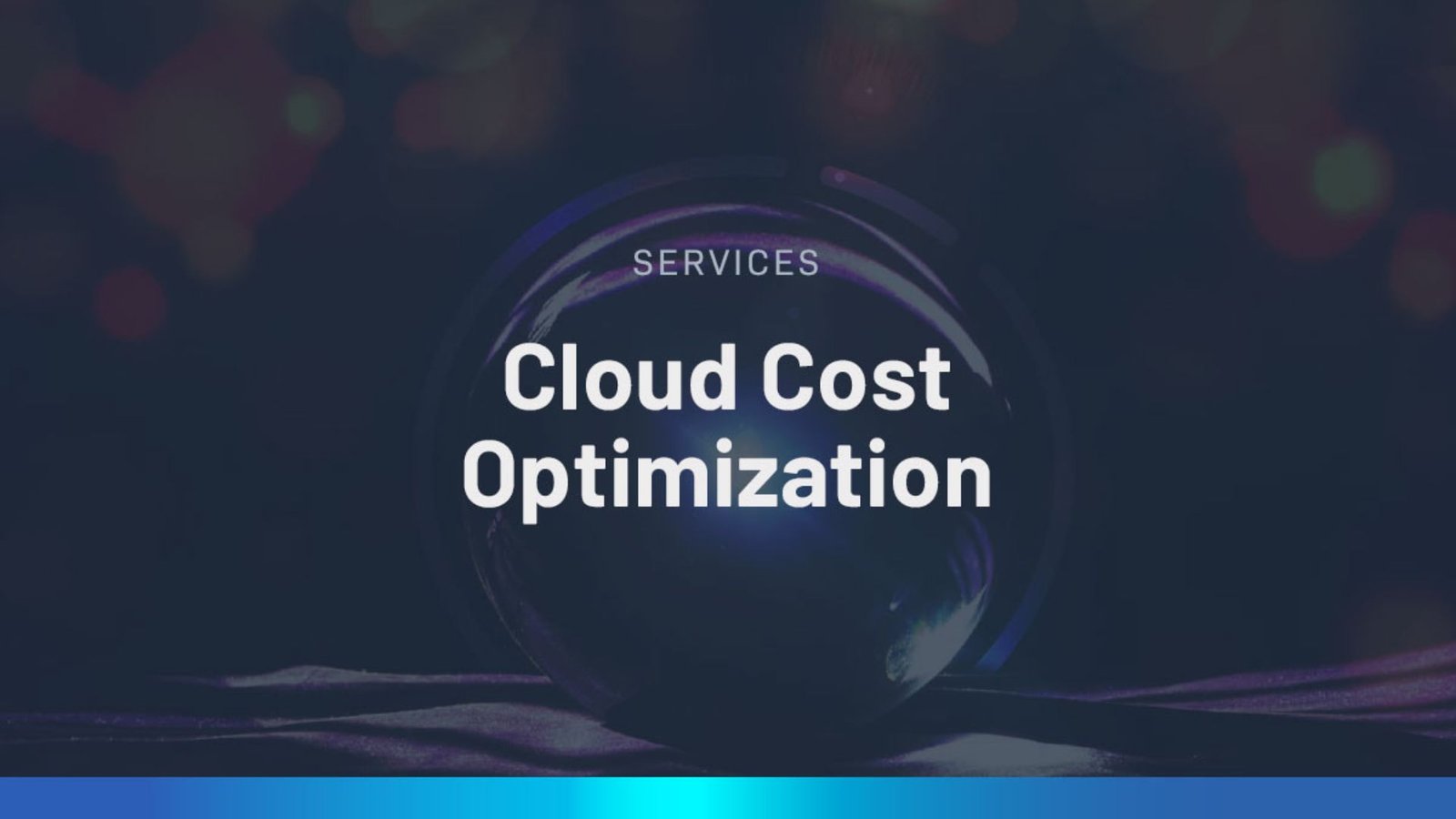Cloud Application Cost Optimization Strategies

|
Getting your Trinity Audio player ready...
|
Cloud application cost optimization strategies involve a set of practices and techniques aimed at efficiently managing and reducing the costs associated with deploying and running applications in cloud computing environments. These strategies ensure that organizations can maximize the benefits of cloud services while maintaining financial prudence. This article explores various strategies for optimizing costs associated with cloud applications, ensuring that businesses can harness the power of the cloud while maintaining financial prudence.
Rightsize Resources
One foundational pillar of effective cost optimization within cloud computing is the practice of rightsizing cloud resources. This strategic approach revolves around aligning computing resources, including virtual machines and storage, precisely with the actual needs of the application. In doing so, organizations strive for an optimal balance between resource allocation and application workload requirements. The essence of rightsizing lies in the meticulous calibration of resources to match the dynamic demands of the workload, ensuring that neither excess nor deficiency hampers operational efficiency. This granular alignment allows organizations to sidestep the pitfalls of overprovisioning, a common challenge in cloud environments, leading to a judicious allocation of resources. By avoiding unnecessary expenses through this precision-oriented approach, organizations not only enhance operational efficiency but also achieve tangible cost savings, thereby optimizing their cloud investment for maximum value and performance.

Embrace Serverless Architectures
Serverless computing represents a transformative paradigm shift in cloud application development, fundamentally altering how organizations deploy and manage applications. This approach liberates developers from the intricacies of handling underlying infrastructure, allowing them to focus solely on code and functionality. By eliminating the need for provisioning, configuring, and maintaining servers, serverless computing streamlines the development process, fostering agility and accelerating time-to-market. Beyond simplifying development, serverless architectures offer substantial cost advantages. Organizations adopting this model pay exclusively for the precise computing resources consumed during the execution of functions. This granular, pay-as-you-go pricing model ensures that costs are directly tied to the application’s operational demands, eliminating the financial burden associated with idle or underutilized resources. As a result, serverless computing not only enhances development efficiency but also optimizes cost management, making it an appealing choice for businesses seeking both agility and economic benefits in their cloud applications.
Leverage Spot Instances
Many cloud providers offer spot instances—temporary, unused compute capacity at a lower cost. While not suitable for all types of workloads, utilizing spot instances for non-critical, fault-tolerant applications can result in substantial cost savings. It’s essential to design applications with fault tolerance to handle interruptions in spot instances.
Implement Auto-Scaling
Auto-scaling allows cloud applications to dynamically adjust resources based on demand. By automatically increasing or decreasing the number of instances in response to workload fluctuations, organizations can ensure optimal performance during peak times while scaling down during periods of lower demand, effectively managing costs.
Optimize Data Storage Costs
Storage costs can constitute a significant portion of cloud expenses. To optimize these costs, organizations should regularly assess and categorize data based on access frequency. Utilizing the appropriate storage classes, such as infrequent access or archival storage, for less frequently accessed data can result in considerable savings.
Monitor and Analyze Usage Patterns
Continuous monitoring and analysis of cloud usage patterns are essential for identifying opportunities for optimization. By understanding how resources are utilized over time, organizations can make informed decisions about resource allocation, identify unused or underused resources, and implement adjustments to reduce costs.
Take Advantage of Reserved Instances
Cloud providers often offer reserved instances, allowing organizations to commit to a one- or three-year term in exchange for significantly discounted rates compared to on-demand pricing. By strategically using reserved instances for predictable workloads, organizations can achieve substantial cost savings.
Use Content Delivery Networks (CDNs)
Implementing CDNs can optimize costs associated with content delivery and improve application performance. CDNs distribute content across a network of servers globally, reducing latency and minimizing data transfer costs. This is particularly beneficial for applications with a global user base.
Consider Multi-Cloud Strategies
Diversifying cloud providers or employing a multi-cloud strategy can offer financial benefits. Organizations can take advantage of competitive pricing, avoid vendor lock-in, and strategically choose services based on cost and performance considerations. However, managing multiple cloud providers requires careful planning and execution.
Regularly Review and Adjust Strategies
Cloud environments are dynamic, and business needs evolve. Regularly reviewing and adjusting cost optimization strategies is crucial for maintaining efficiency. Organizations should stay informed about new cloud offerings, pricing models, and best practices to ensure ongoing cost-effectiveness.
Conclusion
In conclusion, optimizing costs for cloud applications is an ongoing process that requires strategic planning, monitoring, and adaptability. By right-sizing resources, embracing serverless architectures, leveraging spot instances, implementing auto-scaling, optimizing data storage, monitoring usage patterns, using reserved instances, employing CDNs, considering multi-cloud strategies, and regularly reviewing strategies, organizations can strike a balance between harnessing the benefits of cloud applications and managing costs effectively. As cloud technology continues to evolve, staying proactive in cost optimization will be instrumental in maximizing return on investment.
You might also be interested in:
- A Guide to Free Cloud Storage Solutions
- Embracing Edge Computing and its Implications
- How Cloud Applications are Revolutionizing our Work
- The Interlinks between Web Computing and Cloud Computing